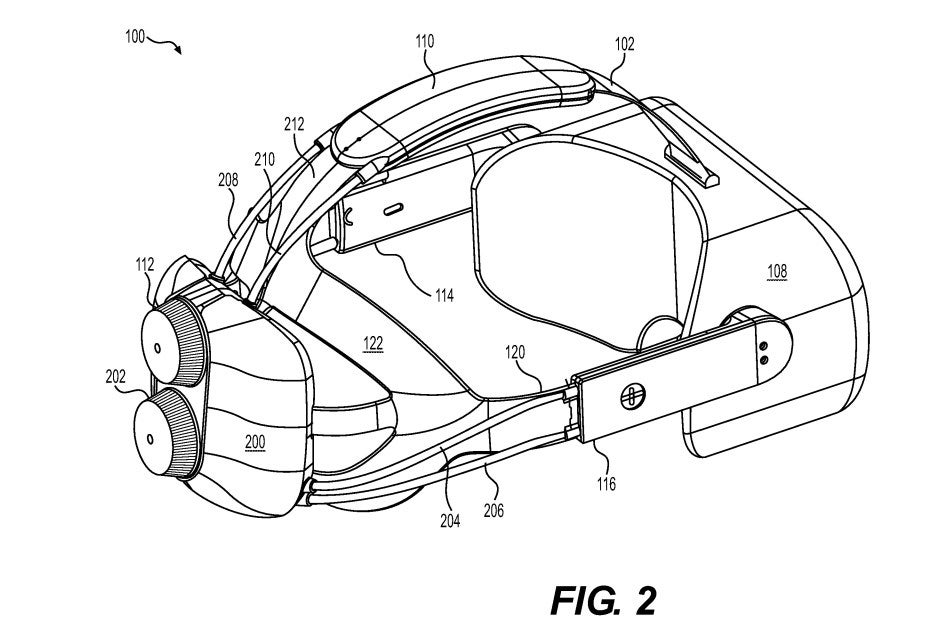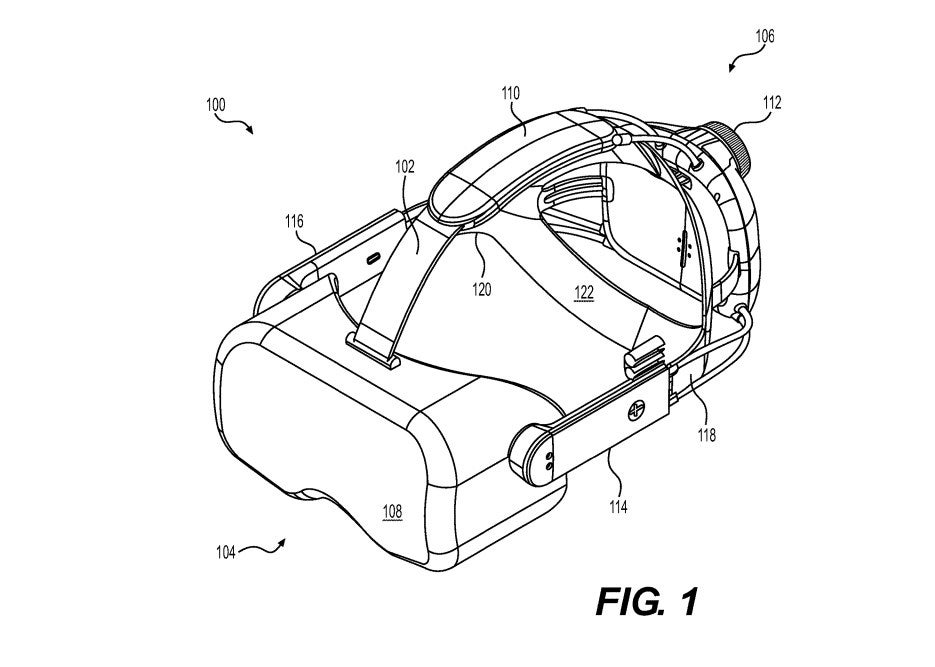“A head-mounted display includes a front having a display housing and a back having a rear housing,” begins the abstract for the filing. There are then several blueprints of the device and its parts, and a lengthy text description of what those parts do and how it might be connected together. “Introduced above, head-mounted displays (HMDs) have a wide range of applications and in some instances, may need to accommodate for varying head sizes among different users,” begins the more detailed description on page 37. “Conventional HMDs, however, offer little to no adjustment for adapting to different users and/or incrementally tightening.” This patent describes a headset that would be easier to adjust. What it’s not is a patent for a specifically wireless headset which can be used without a PC. It’s also not a description of the innards of any such device, or a confirmation that this product or one like it will ever see the light of day. Since Valve released the Index in 2019, there have been recurring rumours that Valve’s next headset would be a standalone device designed to compete with the Meta Quest and Quest 2. Last year, YouTuber Brad Lynch spotted references in SteamVR code to a device called “Deckard” and mentions of the term “standalone.” The Valve Index remains the current gold standard of VR headsets, but it’s an expensive kit that needs to be wired up to a PC to work. I’d love a standalone headset from Valve, although it would be interesting to see how they maintained quality or what they sacrificed, and what a high-res wireless headset from Valve would cost versus the subsidised price of the Meta Quest 2.


